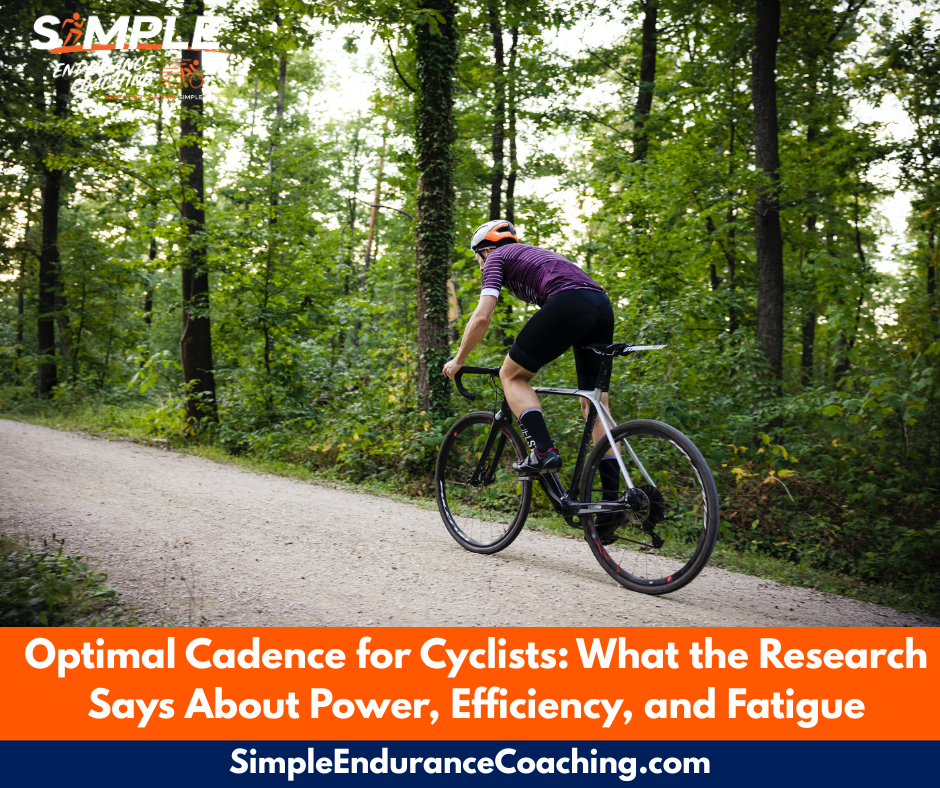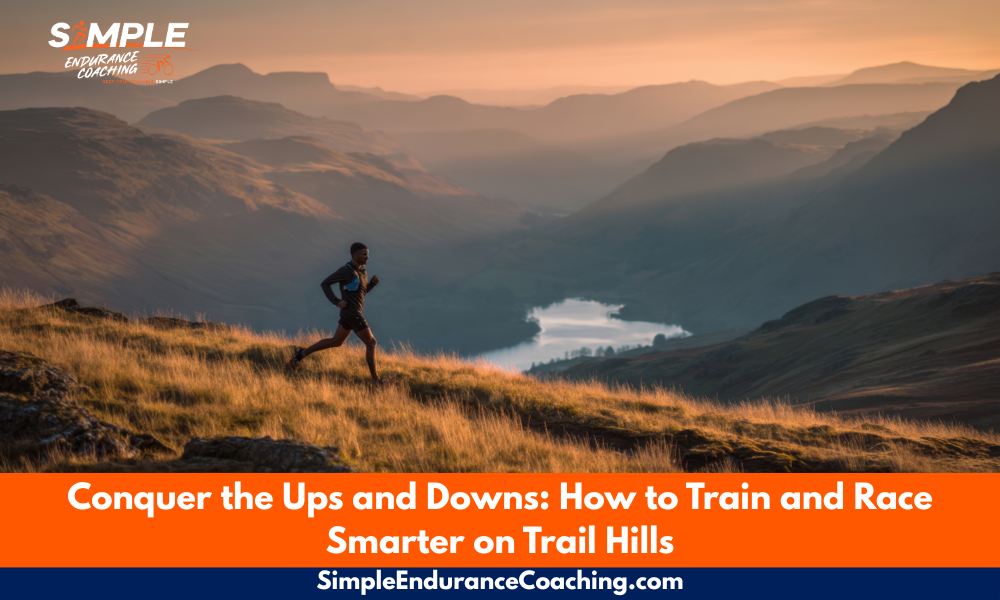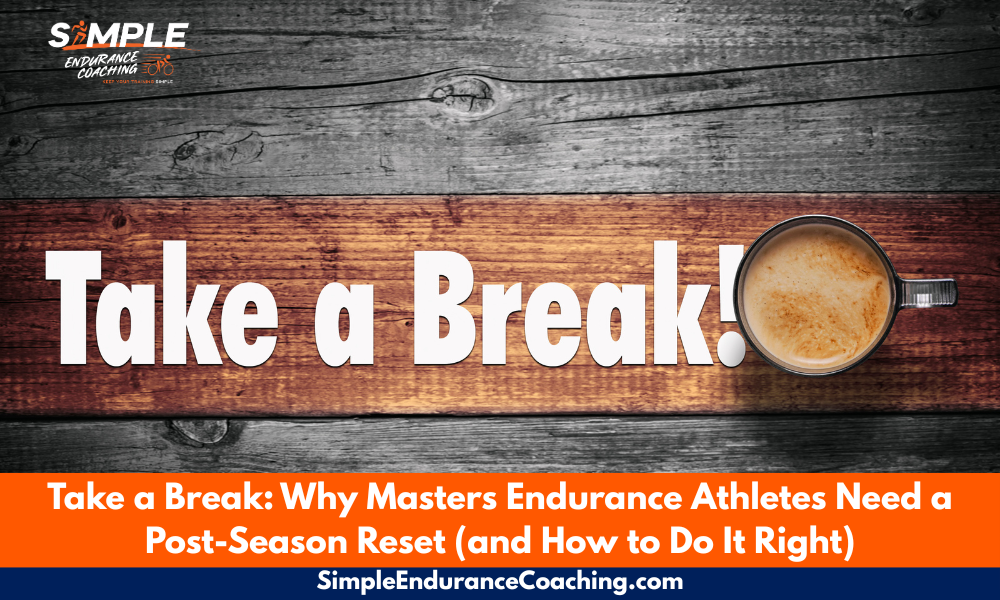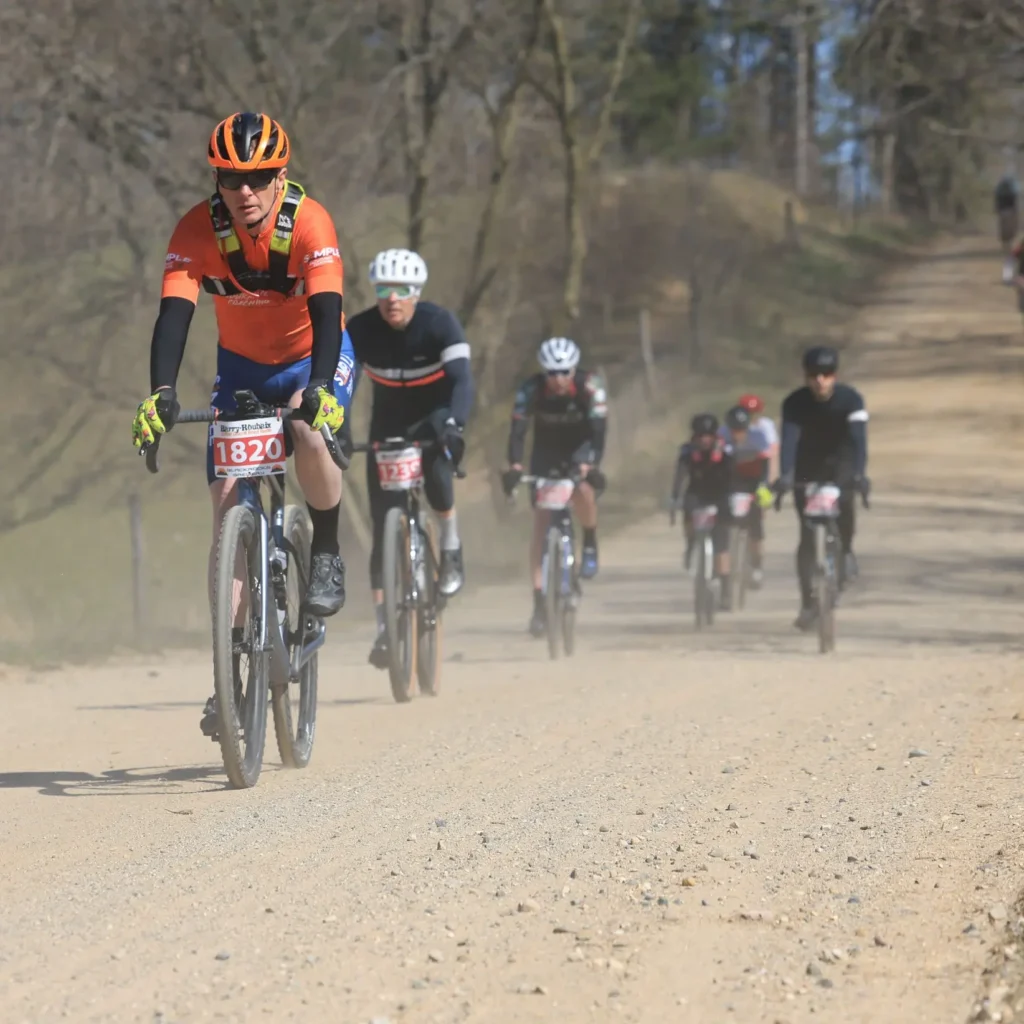by Coach Paul Warloski
If you’ve ever ridden with a group, you’ve probably noticed everyone pedals at a slightly different rhythm.
Some spin at 100+ rpm (revolutions per minute), others grind away in the 70s.
So, what’s the “best” cadence for cycling performance?
A great Twitter thread from sports scientist Rod Siegel led me to several studies that will help us sort through the myths and realities.
The short answer: there’s no single magic number.
Cadence is task-specific, shifts with fatigue, and depends on your physiology.

What the Research Says
1. Fatigue lowers cadence—even in elites.
A 2025 study in the Journal of Sports Sciences looked at professional cyclists.
Fresh, they held higher cadences at a given power.
But as fatigue built, cadences dropped, and late-race power losses were explained more by falling cadence than torque.
In other words, your “optimal” cadence drifts downward as you tire.
2. Lower cadence can beat higher cadence in recreational cyclists.
A Journal of Strength and Conditioning Research study tested recreational women in an 8km time trial.
At 60 rpm, they produced higher efficiency, lower heart rates, more power, and faster times than at 100 rpm.
Spinning faster wasn’t more “aerobic”; it just cost more energy.
But clearly there’s a big difference between pedaling at 60 rpm and at 100 rpm.
3. Your muscle fiber mix influences cadence.
Biomechanics modeling shows that cyclists with more fast-twitch muscle fibers tend to prefer and perform better at higher cadences, while slow-twitch dominant riders are more economical at a bit lower cadence.
But the big picture: there’s a broad “efficiency plateau” between 60 and 100 rpm.
4. Power comes more from torque than cadence—until fatigue kicks in.
A large study in the International Journal of Sports Physiology and Performance (177 riders) showed that differences in power output were mostly about torque, not cadence.
But again, as riders got tired, cadences naturally fell, and torque couldn’t fully make up for it.
Busting the “High Cadence = More Aerobic” Myth
Rod Siegel talked about this in his Sept. 2 thread: spinning at a high cadence doesn’t magically shift the work to your heart and lungs.
Instead, it recruits more fast-twitch fibers and increases metabolic cost at the same power.
High cadence is useful when you need to lower per-stroke torque, like in a sprint, surge, or track race.
But it’s not automatically easier for endurance.
He also said that higher cadences tend to accelerate fatigue, especially at race intensities, as well as reduce time to exhaustion and time trial performance.
This happens because the fast-twitch fibers we use during high cadence fatigue more easily, and cause more metabolic stress.
What This Means for You
- Cadence is intensity- and fatigue-dependent.
- At endurance pace, most riders are efficient in the 60 to 90 rpm range.
- At threshold and above, cadences often climb into the 80s to 100s—but expect them to fall late in a hard race or ride.
- Sprinters and track riders thrive at 110 to 130+ rpm because it limits torque per stroke, essentially spreading out the work.
- Don’t chase one number.
Your “freely chosen cadence” usually works fine, and it will naturally shift depending on effort, terrain, and fatigue. For many everyday cyclists, a moderately lower cadence is actually more efficient. - Think torque × cadence, not cadence alone.
Power = Torque × Cadence. If you struggle to push force on the pedals, spinning faster helps. If your limiter is oxygen cost, nudging cadence down can help.
Training Suggestions
- Low-cadence torque work: Do five to 10-minute efforts at 60 to 75 rpm in tempo/sweet spot to build muscular endurance.
- High-cadence drills: Practice short spins at 100 to 120+ rpm in easy zones to improve neuromuscular coordination and comfort.
- Match cadence to terrain: Don’t fear dropping into the 60s on a steep climb if it helps you maintain power.
- Plan for fatigue drift: In long races, gear so you can still produce power when your cadence naturally drops five to 10 rpm late in the day.
Three Things to Know About Your Ideal Cadence:
1. Power is a balance of torque and cadence.
Cycling power comes from how hard you push (torque) and how fast you turn the pedals (cadence). You can raise power by increasing either, but each has trade-offs.
2. High cadence reduces per-stroke torque.
Sprinters and track riders spin at 110–130+ rpm because it spreads the workload across more pedal strokes, lowering the force required per stroke and making extreme power outputs more sustainable.
3. Everyday riders can benefit from cadence flexibility.
You don’t need to sprint at 130 rpm, but practicing both lower-cadence torque work and higher-cadence drills gives you options. When the race or group ride demands a surge, you’ll be able to spin up instead of stalling out.
Need more?
Unlock the secrets to mastering gravel racing with our FREE Guide to Gravel Racing! Get yours here.
BOOK A CALL so we can discuss your goals, answer questions, and talk about making your endurance training more effective, fun, and Simple.
Paul Warloski is a:
- USA Cycling Level 1 Advanced Certified Coach
- RRCA Running Coach
- Training Peaks Level 2 Coach
- RYT-200 Yoga Instructor
- Certified Personal Trainer
- Certified Nutrition Advisor




